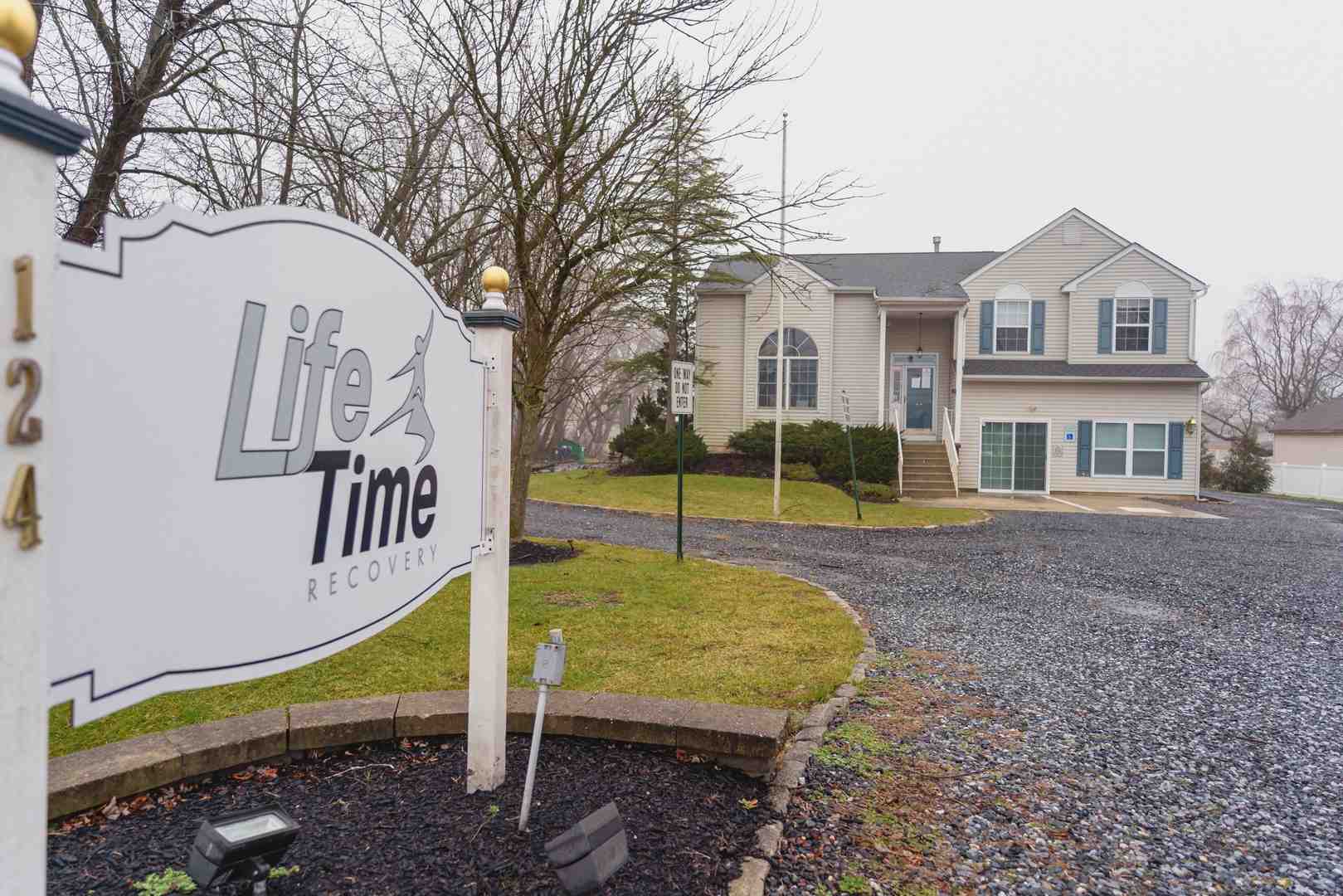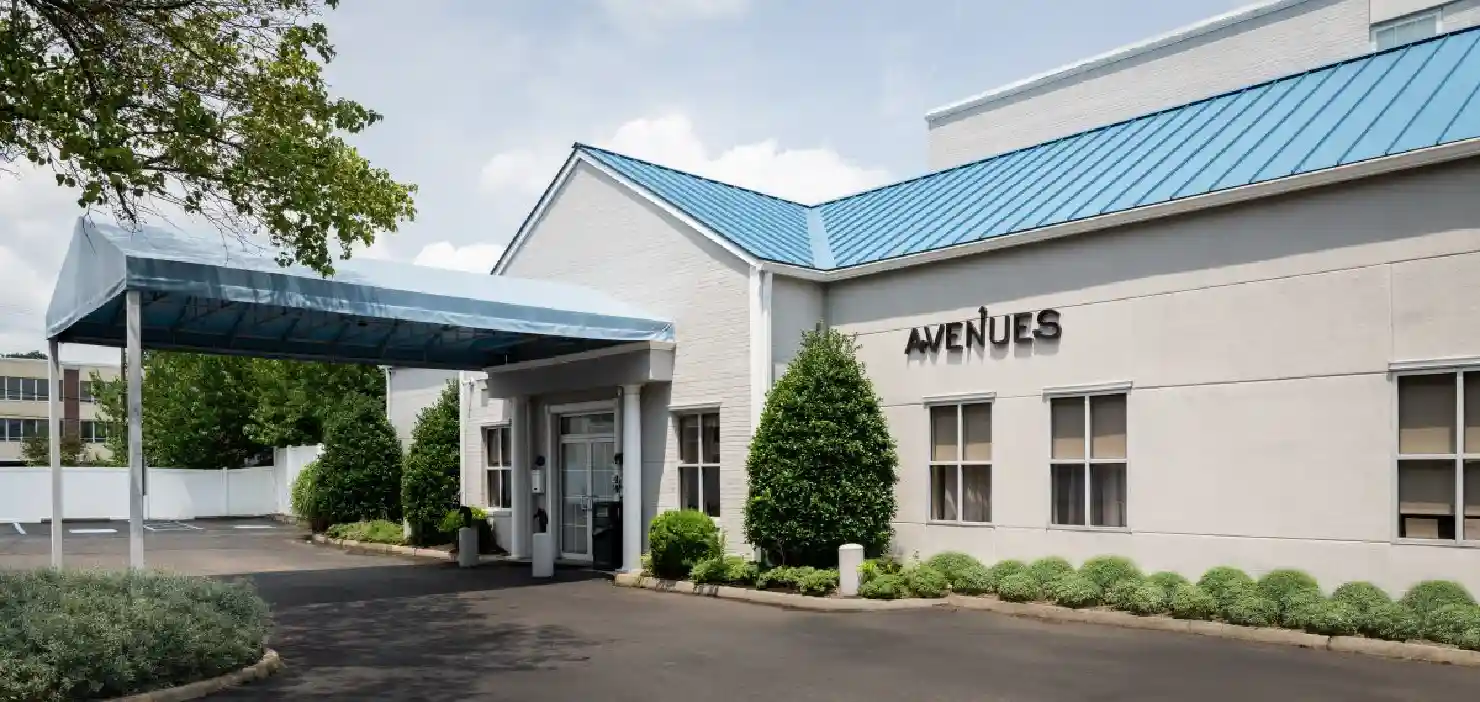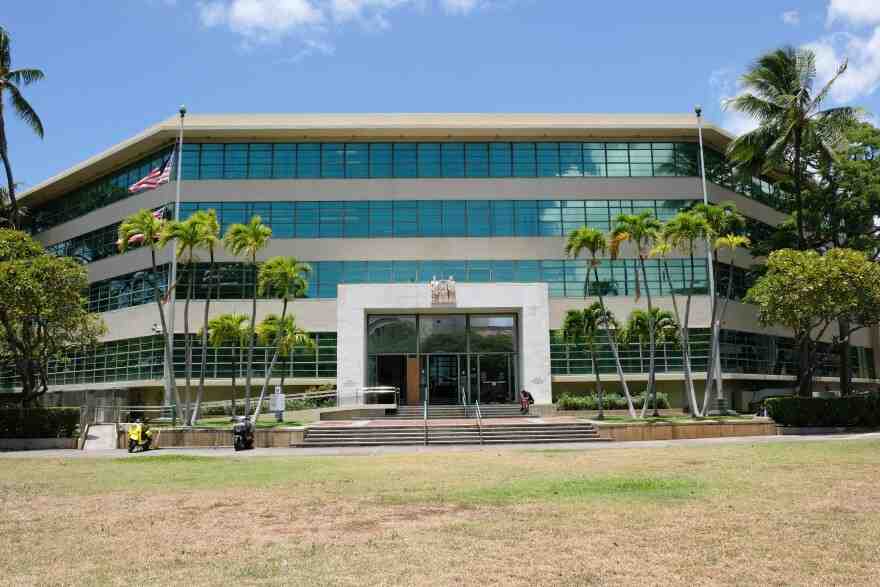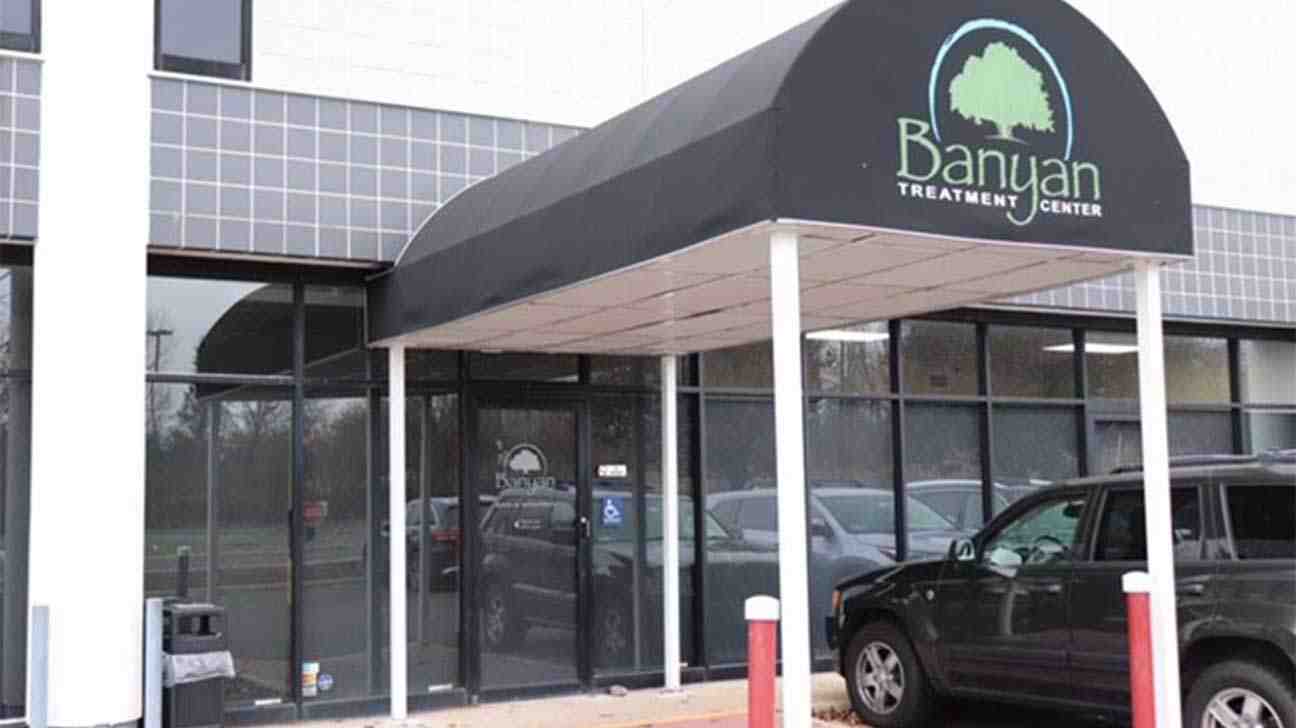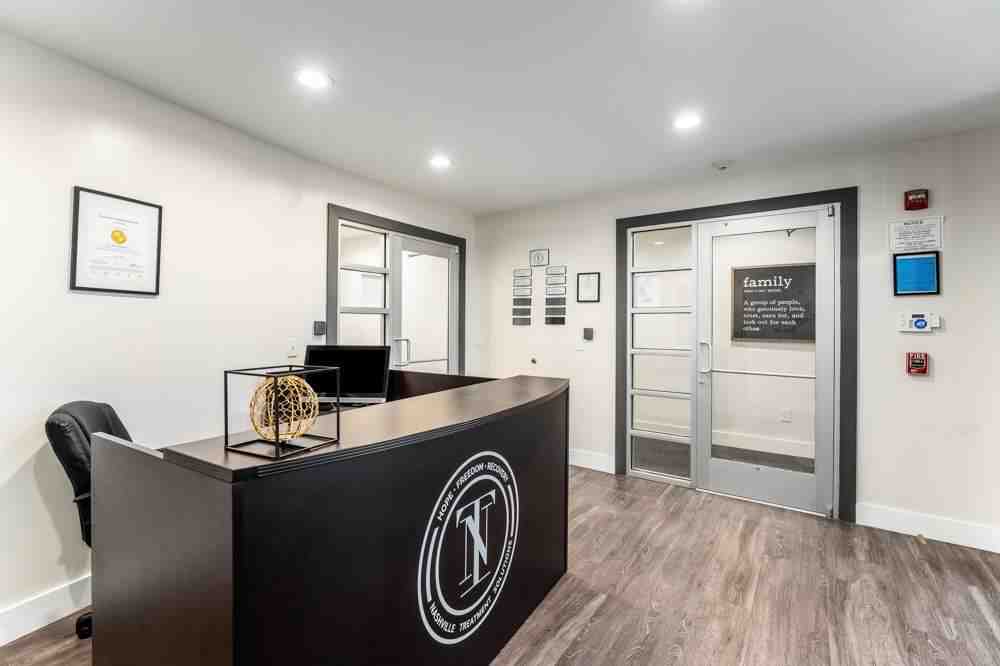
Why Finding the Right Detox Place Matters for Your Recovery
Detox places are specialized medical facilities providing supervised care to help your body safely eliminate addictive substances while managing withdrawal symptoms. Addiction is a serious medical illness, but detoxification is the crucial first step toward recovery.
Trying to detox alone can be dangerous, as withdrawal from substances like alcohol, opioids, or benzodiazepines can be life-threatening. Finding the right detox place—one with medical supervision and a clear path forward—is essential. When choosing a facility, look for state licensing, 24/7 medical monitoring, Medication-Assisted Treatment (MAT), and support for co-occurring mental health disorders.
You can find detox centers through resources like the SAMHSA Treatment Locator (FindTreatment.gov), your state’s substance abuse agency, your insurance provider, or faith-based organizations. Options range from inpatient medical facilities and hospital units to residential centers and state-funded programs.
This guide will walk you through finding and paying for treatment and what comes after detox. At Addiction Helpline America, we’ve helped thousands find the right detox place. Our team offers confidential guidance to help you steer this overwhelming first step.

Detox places terms made easy:
Understanding Medical Detox: Your First Step to Recovery

Medical detox is the process of safely withdrawing from addictive substances under the care of trained medical professionals. It’s a carefully managed procedure that can save your life. At a detox place, your safety is the top priority.
Detoxing alone at home is dangerous, especially from alcohol, opioids, or benzodiazepines (like Xanax). Withdrawal can cause seizures, hallucinations, or delirium tremens. Even non-fatal withdrawal can be so miserable that it leads to relapse. In a detox facility, doctors and nurses monitor you 24/7, providing medications to ease symptoms and keep you safe.
Medication-Assisted Treatment (MAT) is an evidence-based approach, particularly for opioid addiction. FDA-approved medications like buprenorphine reduce cravings and withdrawal symptoms, significantly improving recovery outcomes. Ask if your detox facility offers MAT. You can also find Buprenorphine Practitioners through SAMHSA.
What to Expect During the Detox Process
Knowing what to expect can ease anxiety. The process typically includes:
- Intake and Assessment: A medical team gathers your substance use and medical history to create a safe plan.
- Customized Treatment Plan: Your detox plan is custom to your unique needs.
- 24/7 Medical Monitoring: Constant supervision ensures your safety and allows for immediate response to complications.
- Stabilization: Your body adjusts to being without the substance, often with medications to manage symptoms. This phase usually lasts 5 to 10 days.
- Transition to Therapy: As you stabilize, you’ll begin preparing for the next stage of recovery, which addresses the psychological aspects of addiction.
How Co-Occurring Disorders Are Addressed
Addiction often co-occurs with mental health conditions like depression, anxiety, or PTSD. This is called a dual diagnosis. These conditions often fuel each other, so treating only one can lead to relapse.
The best detox places provide integrated treatment, addressing both substance use and mental health from day one. This “whole person” approach involves psychiatrists and therapists working together to create a comprehensive care plan. When choosing a facility, ask about their approach to co-occurring disorders. Finding a detox place that can address both addiction and mental health needs is essential for long-term recovery.
How to Find the Right Detox Places for Your Needs

Finding the right detox place is a critical decision, but you don’t have to do it alone. At Addiction Helpline America, we guide people through this process daily. The best center is one that aligns with your specific needs.
Key factors to consider include:
- Location: Do you prefer to be close to home for family support, or would a fresh start away from triggers be more beneficial?
- Staff Qualifications: Look for centers with licensed medical professionals (doctors, nurses) experienced in addiction medicine.
- Treatment Philosophy: Does the center use evidence-based practices like MAT or CBT? Do they offer holistic therapies? Find a philosophy that resonates with you.
When researching, ask about licensing, staff credentials, treatment models, program length, payment options, and support for co-occurring disorders.
Call Now – Your Journey to Recovery Begins Today!

Take the first step towards a healthier life! Call now to connect with our compassionate team and start your recovery journey today. Your path to healing awaits!
Our recovery specialists are available 24/7 to provide support, and all calls are confidential and free. Reach out anytime – we’re here to help!
Finding Licensed and Accredited Detox Places
Your safety depends on proper credentials. Always choose a facility with state licensing, which ensures it meets minimum health and safety standards. For a higher standard of care, look for national accreditation from The Joint Commission or CARF. This “seal of excellence” signifies a commitment to quality.
You can verify credentials on a facility’s website or by using SAMHSA’s free treatment facility locator. At Addiction Helpline America, we vet our network of detox places for licensing and accreditation, so you can trust our referrals.
Different Types of Detox Places
Understanding your options helps you choose the right setting:
- Inpatient vs. Outpatient: Inpatient detox provides 24/7 medical supervision and is best for severe withdrawal (e.g., from alcohol or benzodiazepines) or for those without a stable home environment. Outpatient detox allows you to live at home while attending clinic appointments, suitable for milder cases with strong support.
- Hospital-Based Programs: These offer the highest level of medical care for complex cases or high-risk individuals.
- Residential Treatment Centers: Many offer detox as the first phase of a longer-term program, ensuring a seamless transition to therapy.
- State-Funded and Free Centers: These programs provide essential services for those with financial barriers, often requiring proof of residency and income.
- Faith-Based Programs: Organizations like The Salvation Army integrate spiritual support with detox services, often at little to no cost.
- Luxury vs. Standard: While luxury facilities offer more amenities, standard facilities can provide equally effective medical care. The choice depends on preference and budget.
Paying for Detox: Insurance, Free, and Low-Cost Options

The cost of detox places can feel overwhelming, but help is more affordable than you might think. Thanks to the Affordable Care Act (ACA), most health insurance plans, including marketplace and Medicaid plans, must cover addiction treatment as an essential health benefit.
If you have private insurance, your detox will likely be covered. It’s crucial to call your provider to understand your specific benefits, including your deductible (what you pay before insurance kicks in) and copays (fixed costs per service). The process can be confusing, which is why Addiction Helpline America offers free, confidential help to verify your insurance benefits and explain your out-of-pocket costs.
Using Medicaid and State-Funded Programs
If you don’t have private insurance, Medicaid provides comprehensive coverage for substance abuse treatment, including detox. Eligibility is based on income, family size, and state of residence. Many quality detox places accept Medicaid.
State-funded programs are another option for those without insurance or the means to pay. These programs offer free or low-cost detox services to eligible residents who can demonstrate financial need. To find these programs, contact your state’s substance abuse agency, which you can locate through SAMHSA’s directory.
Resources for Individuals Without Insurance
Money should not be a barrier to recovery. If you are uninsured and don’t qualify for Medicaid, other resources are available:
- Non-profit and faith-based organizations, like The Salvation Army, offer free or low-cost recovery programs funded by donations and grants.
- Sliding scale fees are offered by many treatment centers, adjusting the cost based on your income.
- SAMHSA grants fund programs that provide free or low-cost services. You can find these facilities using the locator at FindTreatment.gov.
At Addiction Helpline America, we specialize in connecting people to the right resources for their financial situation. Our guidance is always free.
Life After Detox: Continuing Your Recovery Journey
Completing detox is a major accomplishment, but detox is just the beginning of your recovery journey. It addresses the physical side of addiction, but long-term sobriety requires tackling the underlying emotional and behavioral reasons for substance use.
This is why aftercare planning is essential. Transitioning from a structured detox place back to daily life can be challenging. An aftercare plan is your roadmap for navigating triggers and building a sober life.
Levels of Care After Detox
Recovery is a gradual process supported by a continuum of care. Your treatment team will help you find the right level of support.
- Inpatient/Residential Rehab: This is often the next step. You live at a facility for 28+ days, engaging in intensive therapy in a substance-free environment.
- Partial Hospitalization (PHP): A step down, PHP involves several hours of treatment daily while you live at home or in sober living.
- Intensive Outpatient (IOP): This flexible option involves fewer hours of therapy per week, allowing you to maintain work or school schedules.
- Outpatient Care: This involves weekly therapy or support group meetings for ongoing maintenance.
- Sober Living Homes: These are supportive, drug-free residences that provide structure and community as you transition back to independent living.
Call Now – Your Journey to Recovery Begins Today!

Take the first step towards a healthier life! Call now to connect with our compassionate team and start your recovery journey today. Your path to healing awaits!
Our recovery specialists are available 24/7 to provide support, and all calls are confidential and free. Reach out anytime – we’re here to help!
Building a Long-Term Support System
Recovery thrives on connection. Building a strong support system is crucial for long-term success.
- Therapy: Individual and group therapy are cornerstones of recovery, helping you develop coping skills and connect with peers.
- 12-Step Groups: Free programs like Alcoholics Anonymous and Narcotics Anonymous offer mutual support, structure, and accountability.
- Alumni Programs: Many treatment centers offer these programs to keep you connected to a recovery community through events and mentorship.
- Family Support: Addiction affects the whole family. Family therapy and support groups like Al-Anon can help heal relationships and create a supportive home environment.
At Addiction Helpline America, we can help you build this network. We connect you with therapy, support groups, and recovery communities to ensure you don’t have to walk this path alone.
Frequently Asked Questions about Finding Detox Centers
Here are answers to common questions about detox places.
What is the difference between detox and rehab?
Detoxification is the first step: a medically supervised process to safely manage physical withdrawal symptoms and stabilize your body. Think of it as addressing the immediate physical crisis.
Rehab (rehabilitation) comes after detox. It’s a longer-term process that uses therapy and counseling to address the psychological and behavioral aspects of addiction, helping you build skills for lasting recovery. In short, detox gets the substance out; rehab helps you keep it out.
How long does detox typically last?
The duration of your stay at a detox place varies, but it often ranges from five to ten days. The exact length depends on several factors:
- The substance used (alcohol and benzodiazepine withdrawal can take longer).
- The duration and amount of substance use.
- Your individual health and physiology.
- Any co-occurring medical or mental health conditions.
The goal is to ensure you are medically stable before moving to the next phase of treatment.
What should I pack for a stay at a detox facility?
Most detox places provide a specific packing list. Generally, you should bring:
- Several days’ worth of comfortable, modest clothing and shoes.
- Alcohol-free personal hygiene items (toothbrush, soap, shampoo, deodorant).
- Your photo ID, insurance card, and a list of important phone numbers.
- Any prescription medications in their original bottles.
- A journal or notebook.
Items like electronics, valuables, and outside food or drink are typically not allowed to ensure a safe, focused environment. Always confirm with the facility beforehand.
Call Now – Your Journey to Recovery Begins Today!

Take the first step towards a healthier life! Call now to connect with our compassionate team and start your recovery journey today. Your path to healing awaits!
Our recovery specialists are available 24/7 to provide support, and all calls are confidential and free. Reach out anytime – we’re here to help!
Conclusion
Seeking information about recovery takes courage. Taking the first step is a brave decision, and you should be proud. Addiction is a treatable medical illness, and recovery is possible for everyone. A safe, medically supervised detox at the right detox place provides the essential foundation for a new life.
Navigating treatment options can feel overwhelming, but you don’t have to do it alone. The right detox place for your needs—whether it’s one that takes your insurance, is state-funded, or treats co-occurring disorders—is out there.
Hope and help are always available. At Addiction Helpline America, our mission is to provide free, confidential, and personalized guidance. We connect you with the right program from our network of vetted treatment centers. We’re here to listen and support you without judgment.
The hardest part is making the first move. Begin your journey with addiction treatment today and let our compassionate team help you find the path to a healthier, sober life. Your new story is just beginning.
Our helpline is 100%
free & confidential
If you or someone you care about is struggling with drug or alcohol addiction, we can help you explore your recovery options. Don’t face this challenge alone—seek support from us.
Programs
Resources
Will my insurance
cover addiction
treatment?
We're ready to help
Find the best
drug or alcohol treatment
center
Are you or a loved one struggling with addiction? Call today to speak to a treatment expert.









